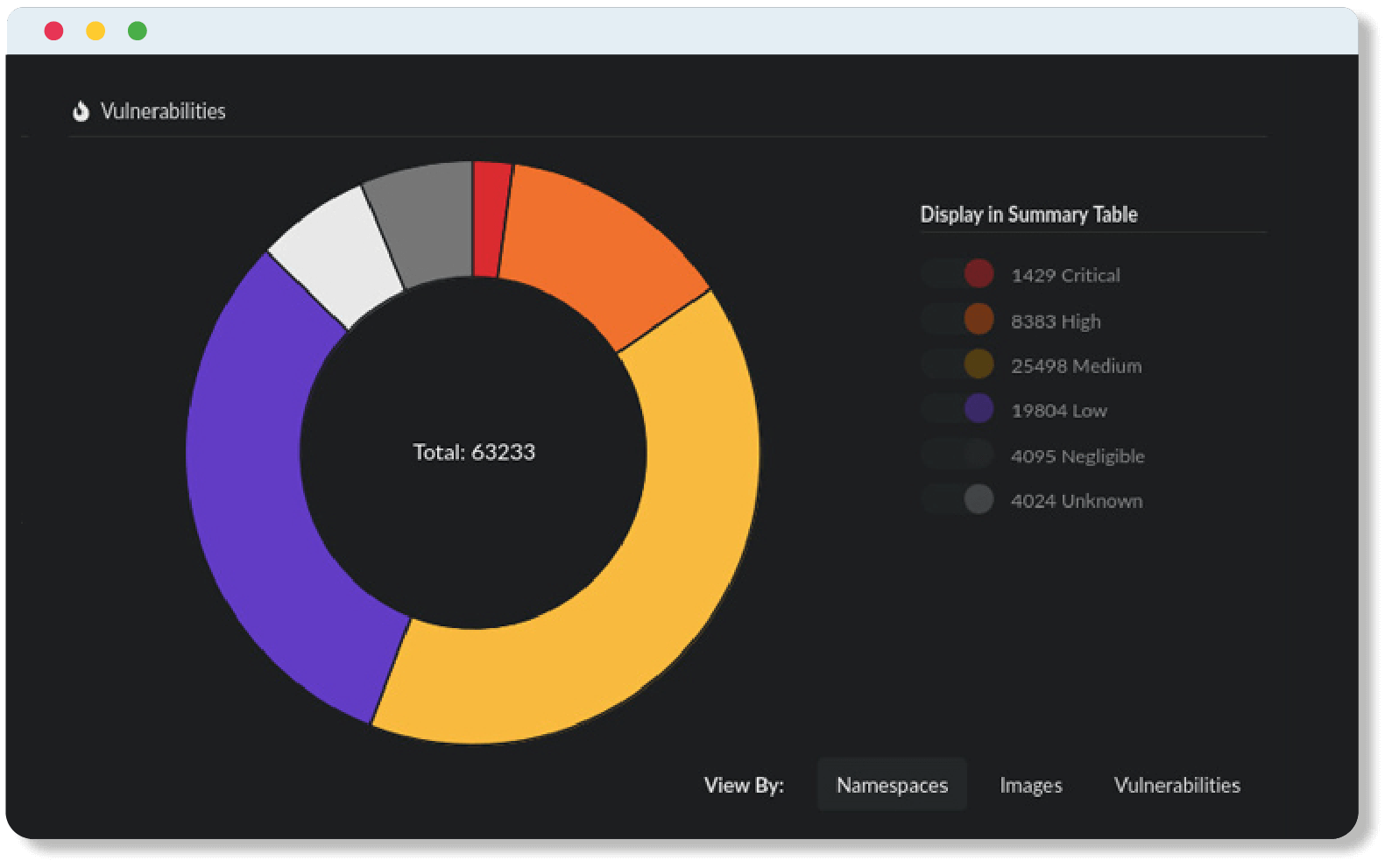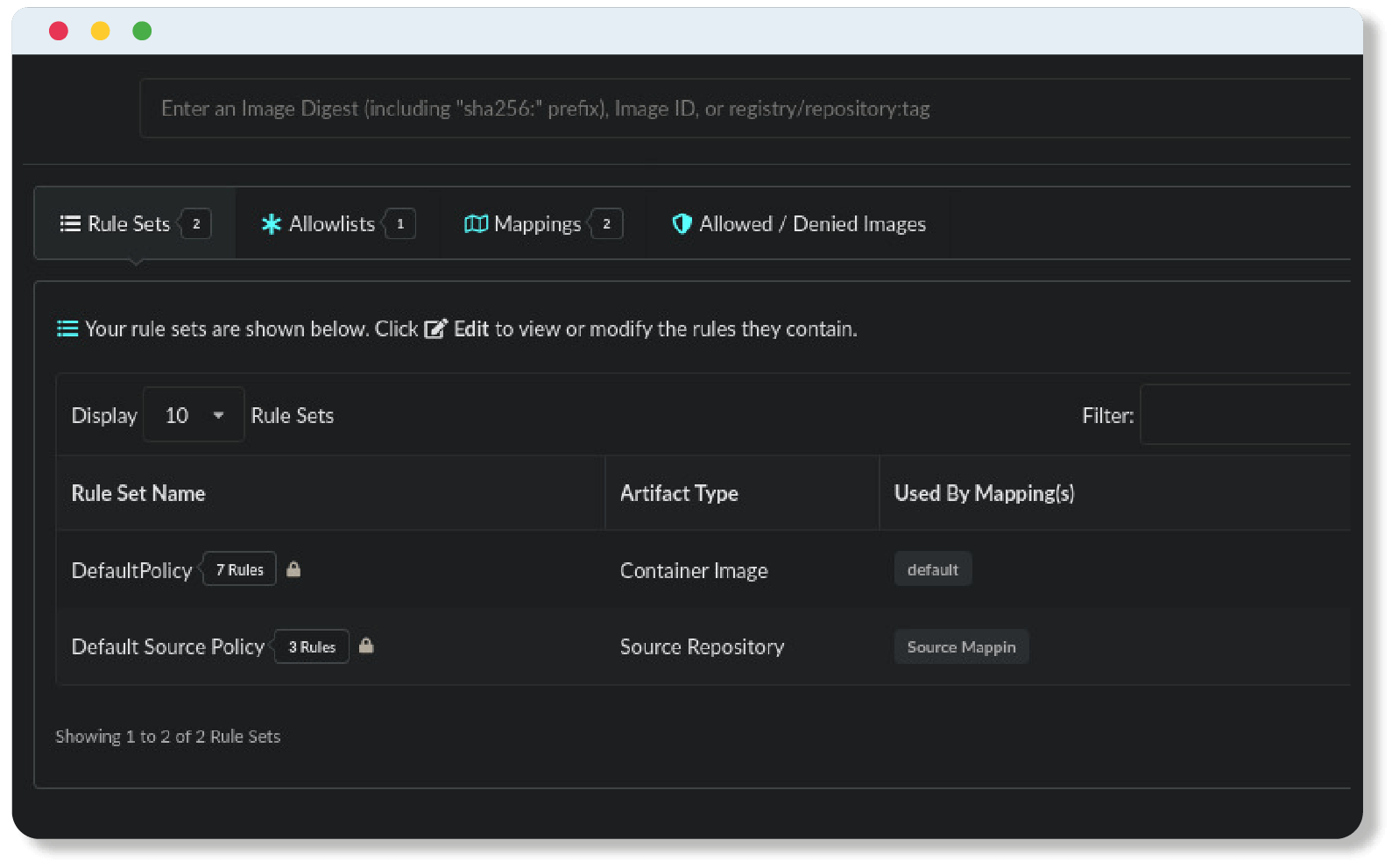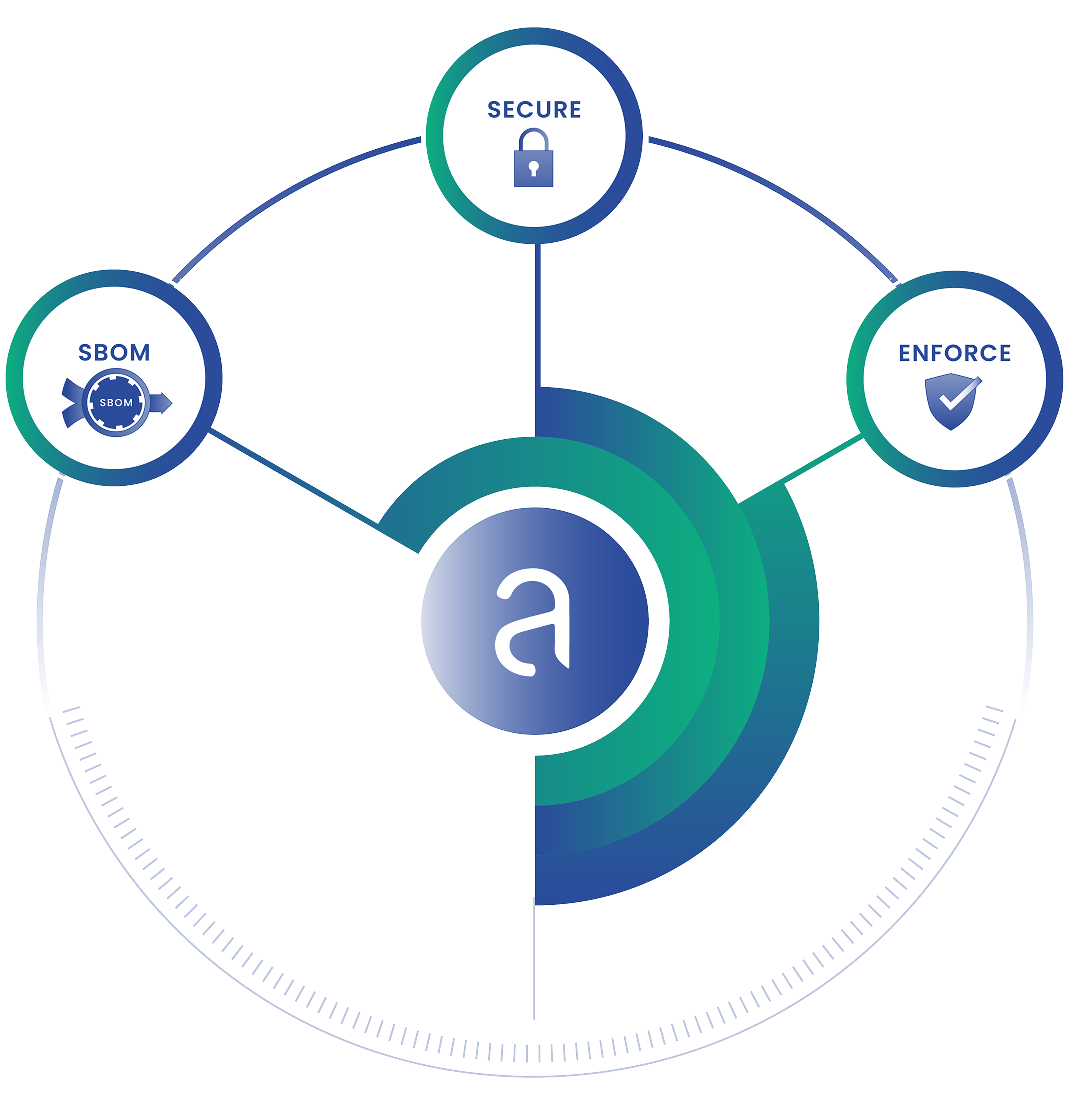Jason Baker – Opensource.com – October 4, 2016
Linux containers are helping to change the way that IT operates. In place of large, monolithic virtual machines, organizations are finding effective ways to deploy their applications inside Linux containers, providing for faster speeds, greater density, and increased agility in their operations.
While containers can bring a number of advantages from a security perspective, they come with their own set of security challenges as well. Just as with traditional infrastructure, it is critical to ensure that the system libraries and components running within a container are regularly updated in order to avoid vulnerabilities. But how do you know what is running inside of your containers? To help manage the full set of security challenges facing container technologies, a startup named Anchore is developing an open source project of the same name to bring visibility inside of Linux containers.
To learn more about Anchore, I caught up with Andrew Cathrow, Anchore’s vice president of products and marketing, to learn more about the open source project and the company behind it.
In a Nutshell, What is Anchore? How does the Toolset Work?
Anchore’s goal is to provide a toolset that allows developers, operations, and security teams to maintain full visibility of the ‘chain of custody’ as containers move through the development lifecycle, while providing the visibility, predictability, and control needed for production deployment. The Anchore engine is comprised of pluggable modules that can perform analysis (extraction of data and metadata from an image), queries (allowing reporting against the container), and policy evaluation (where policies can be specified that govern the deployment of images).
While there are a number of scanning tools on the market, most are not open source. We believe that security and compliance products should be open source, otherwise, how could you trust them?
Anchore, in addition to being open source, has two other major differentiators that set it apart from the commercial offerings in the market.
First, we look beyond the operating system image. Scanning tools today concentrate on operating system packages, e.g. “Do you have any CVEs (security vulnerabilities) in your RPMs or DEB packages?” While that is certainly important, you don’t want vulnerable packages in your image, the operating system packages are just the foundation on which the rest of the image is built. All layers need to be validated, including configuration files, language modules, middleware, etc. You can have all the latest packages, but with even one configuration file wrong, insecurity sets in. A second differentiator is the ability to extend the engine by adding users’ own data, queries or policies.
Read the original and complete article on OpenSource.com.




